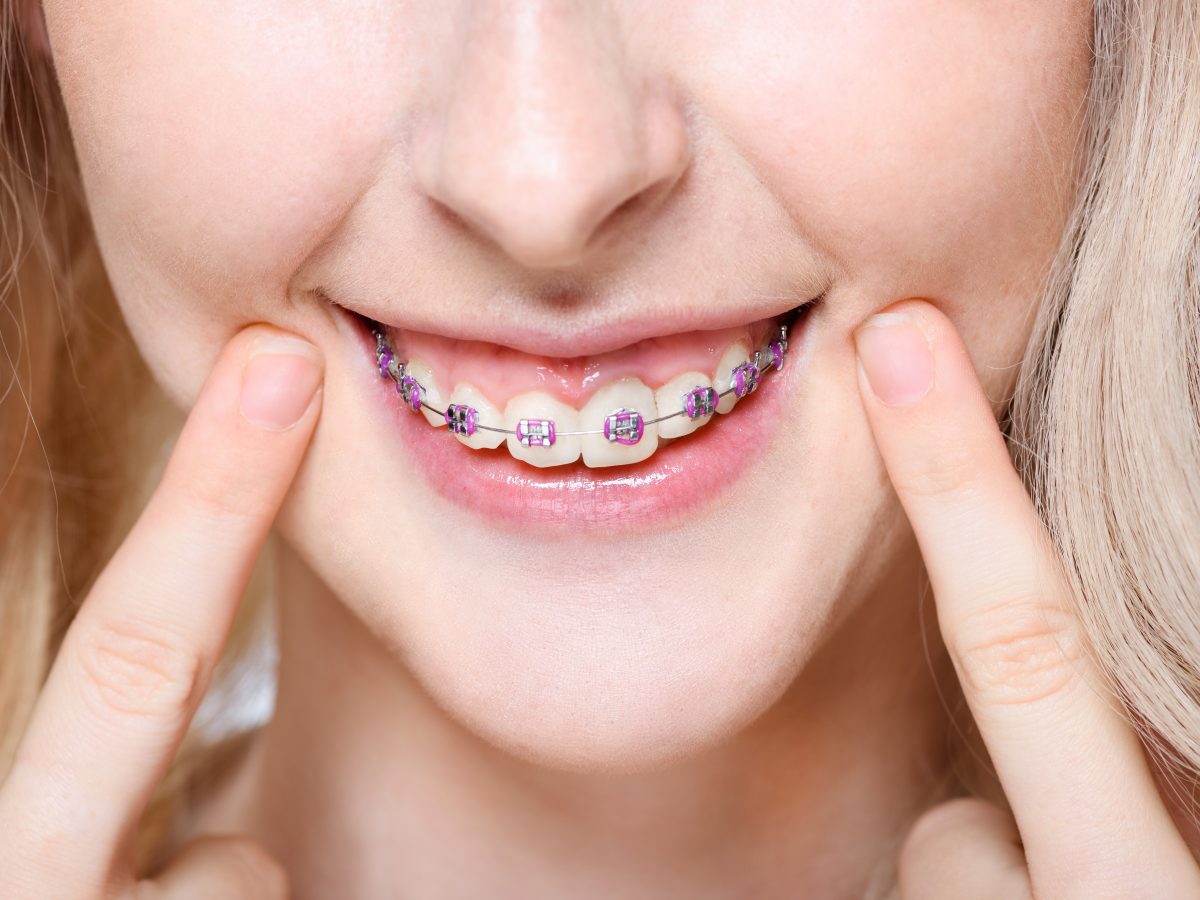Locating the Right Cumming Orthodontist for Your Braces and Aligners Demands
Locating the Right Cumming Orthodontist for Your Braces and Aligners Demands
Blog Article
Comprehensive Guide to Orthodontics Treatments for Dealing With Dental Misalignments
In the realm of orthodontics, the trip to accomplishing a completely aligned smile involves a myriad of treatments tailored to remedy dental misalignments. From conventional braces to unseen aligners and also medical options, the field of orthodontics supplies a variety of solutions to address varying levels of dental irregularities. Comprehending the details of each treatment, including their devices, advantages, and potential disadvantages, is vital in making informed choices about one's orthodontic treatment. As we browse with the extensive overview to orthodontic treatments for dealing with oral misalignments, the elaborate information of each technique will unfold, clarifying the path towards a unified and practical oral placement.
Orthodontic Procedures Introduction

Routine modifications and surveillance are important components of orthodontic treatment to ensure progression is on track and to make any kind of necessary alterations along the way. By undertaking orthodontic procedures, clients can not just attain a straighter smile however additionally improve their overall oral health and wellness and function.
Standard Dental Braces: How They Work
When taking into consideration orthodontic therapies for oral imbalances, conventional braces stand out as a reliable approach for remedying teeth positioning. Conventional braces are composed of brackets, cords, and bands that function with each other to use constant pressure on the teeth, slowly relocating them right into the wanted placement.
One key facet of just how typical dental braces job is the process of bone makeover. As pressure is related to the teeth via the braces, the bone bordering the teeth is improved to sustain the new tooth settings. This remodeling is crucial for the lasting stability of the dealt with alignment. People will need routine adjustments at the orthodontist's office to ensure the dental braces continue to use the correct stress for reliable teeth movement.
Unnoticeable Aligners: Disadvantages and pros
Unseen aligners offer a very discreet and convenient choice to traditional dental braces for dealing with oral misalignments. These clear, customized trays are essentially invisible when put on, making them an appealing choice for individuals seeking a much more cosmetically pleasing orthodontic therapy. One of the key advantages of unnoticeable aligners is their removability, enabling simpler upkeep of dental hygiene compared to standard dental braces. People can eliminate the aligners before consuming or cleaning their teeth, minimizing the threat of food getting stuck in the appliance and streamlining the cleansing process.

Surgical Orthodontic Options
Surgical interventions in orthodontics existing practical options for resolving complicated oral misalignments that might not be successfully dealt with with conventional orthodontic treatments. While standard braces and unnoticeable aligners can fix many orthodontic concerns, particular cases call for surgical intervention to attain ideal results. Surgical orthodontic alternatives are generally recommended for extreme malocclusions, considerable jaw inconsistencies, and cases where the underlying bone framework requires modification to attain correct placement.
One common surgical orthodontic treatment is orthognathic surgery, which involves repositioning the jaws to remedy practical concerns such as problem talking or eating. This surgical procedure is commonly executed in collaboration with an orthodontist who assists align the teeth before and after the procedure. Surgical orthodontics may also entail treatments to expose impacted teeth, eliminate excess gum cells, or reshape the jawbone to produce a much more harmonious facial profile.
Before thinking about medical orthodontic options, patients undertake a thorough analysis to determine the necessity and possible straight from the source advantages of such treatments. braces. While surgical treatment might appear difficult, it can substantially enhance both the function and looks of the smile in situations where traditional orthodontic treatments fail
Retainers and Post-Treatment Treatment

Failure to comply with post-treatment care directions can result in relapse, where the teeth progressively relocate back towards their initial placements. Constant retainer wear, good dental health, and routine oral examinations are necessary for preserving the results attained with orthodontic surgical procedure and guaranteeing the long-term security of the remedied dental alignment.
Final Thought
In final thought, orthodontic procedures supply various choices for fixing oral imbalances. Conventional dental braces make use of metal brackets and cables to change tmj treatment teeth into appropriate placement. Undetectable aligners supply a more discreet option yet may not appropriate for all cases. Surgical orthodontic choices are readily available for much more extreme misalignments. Retainers are typically made use of post-treatment to keep the brand-new alignment. In general, orthodontic procedures can properly improve dental wellness and aesthetic look.
As we browse via the thorough guide to orthodontic procedures for fixing dental misalignments, the elaborate details of each method will certainly unravel, losing light on this post the path toward a harmonious and functional oral placement. - orthodontics
One of the most common orthodontic therapies is the usage of braces, which consist of metal brackets and cords that use mild stress to slowly shift teeth right into the wanted setting.When thinking about orthodontic treatments for oral imbalances, conventional braces stand out as a tried and true method for correcting teeth positioning. Additionally, unseen aligners might not be ideal for intricate orthodontic concerns that call for more substantial teeth activity, as they are usually suggested for light to moderate instances. Retainers are customized orthodontic devices designed to hold teeth in their corrected positions after the conclusion of orthodontic treatment.
Report this page